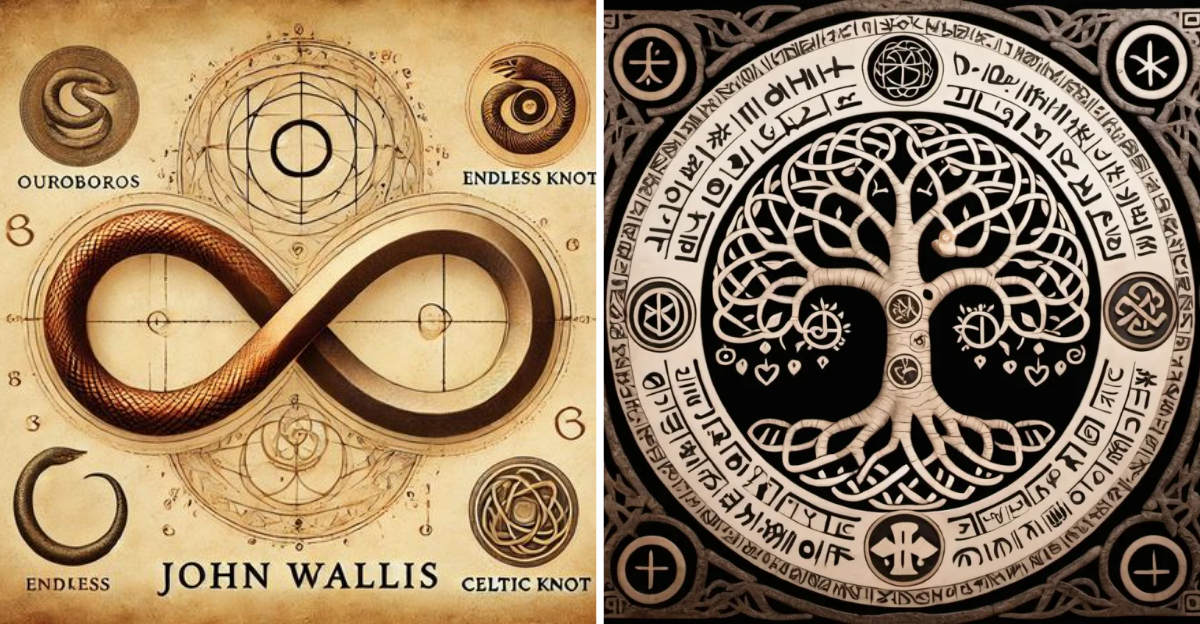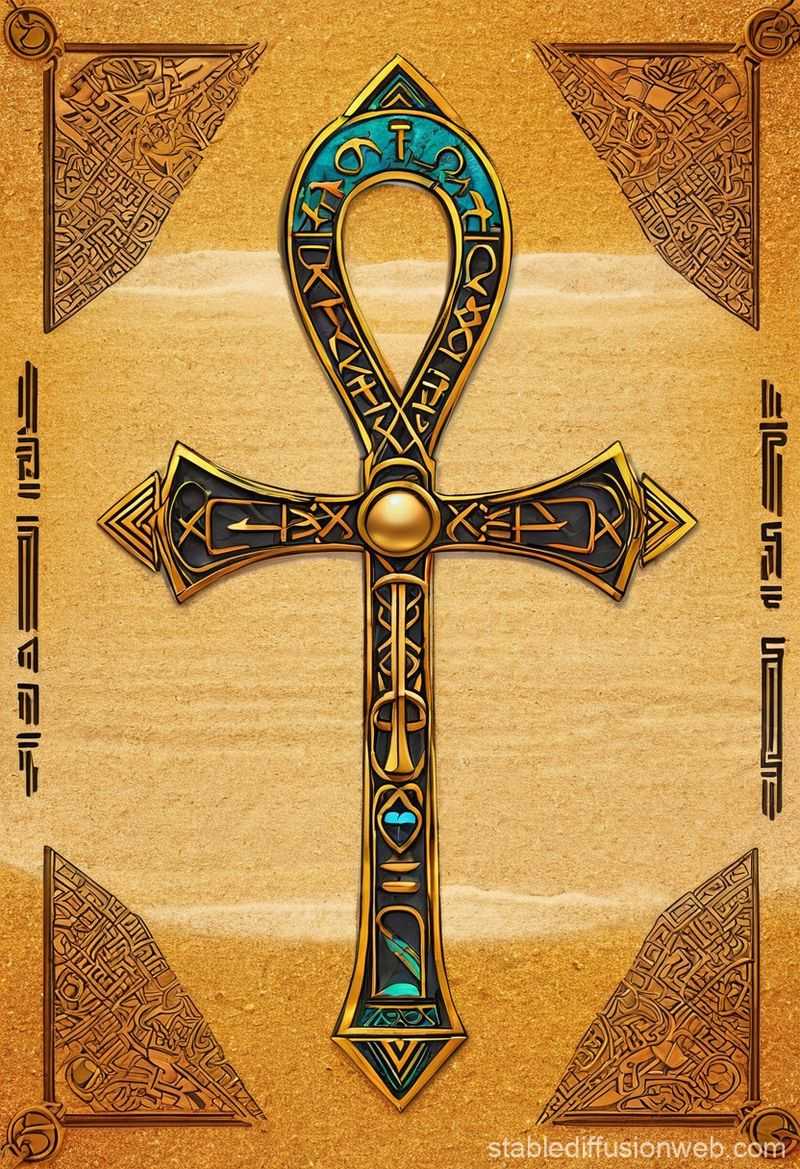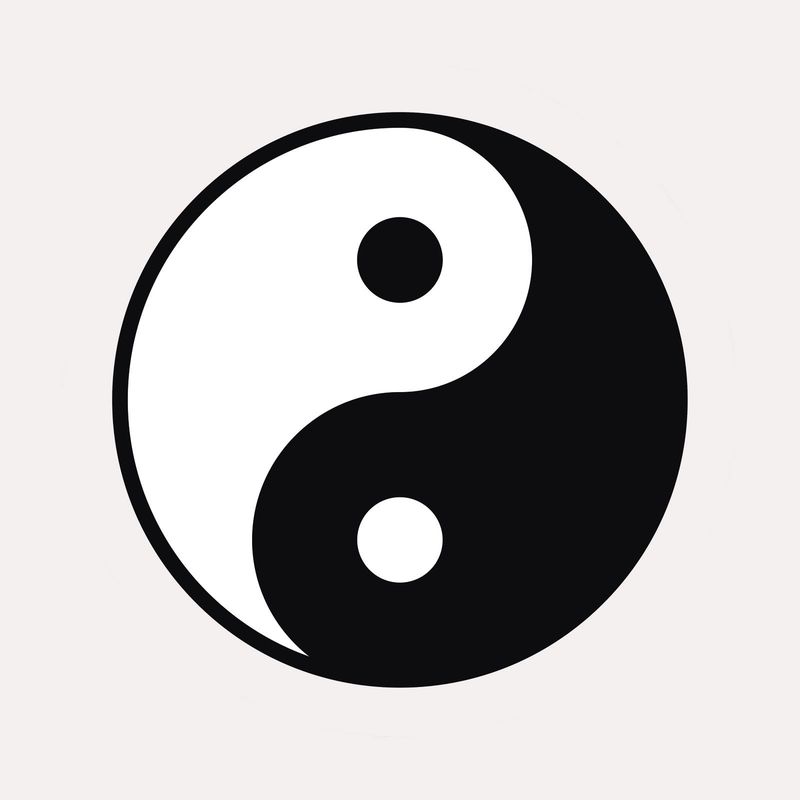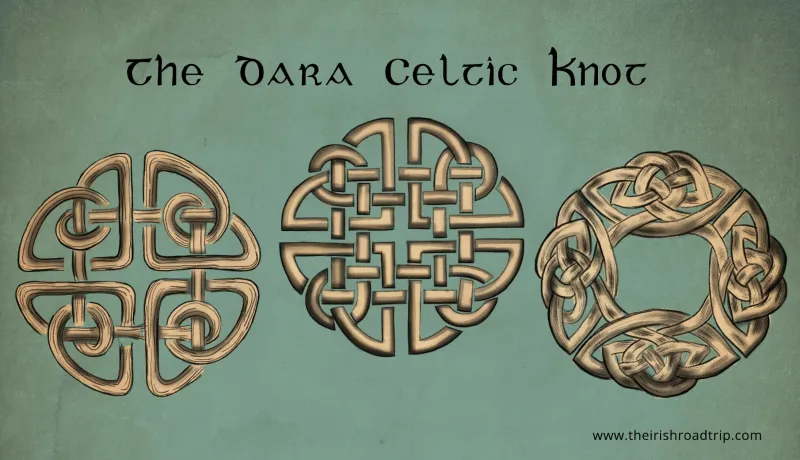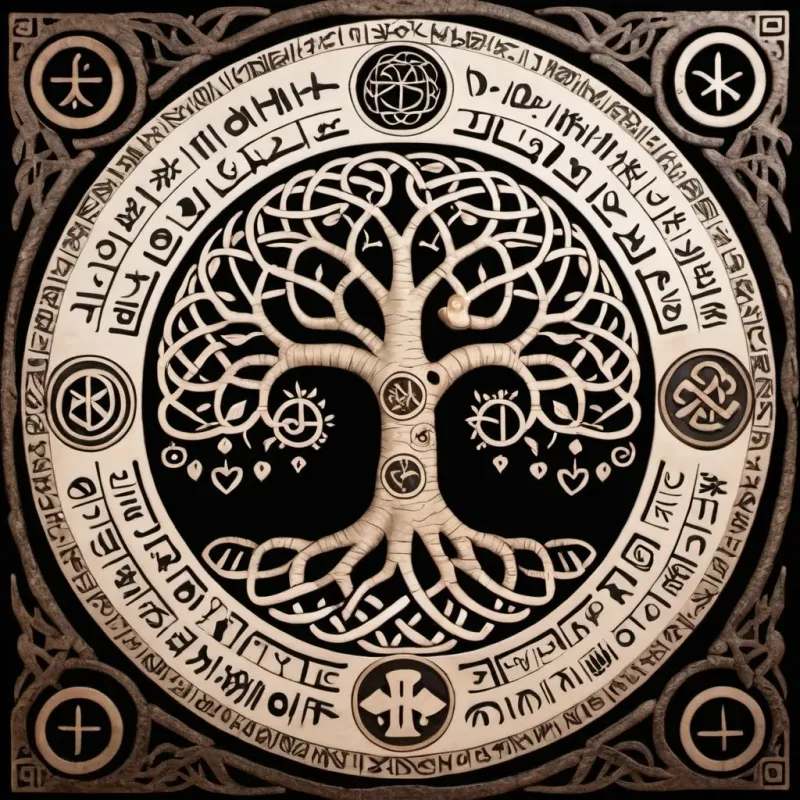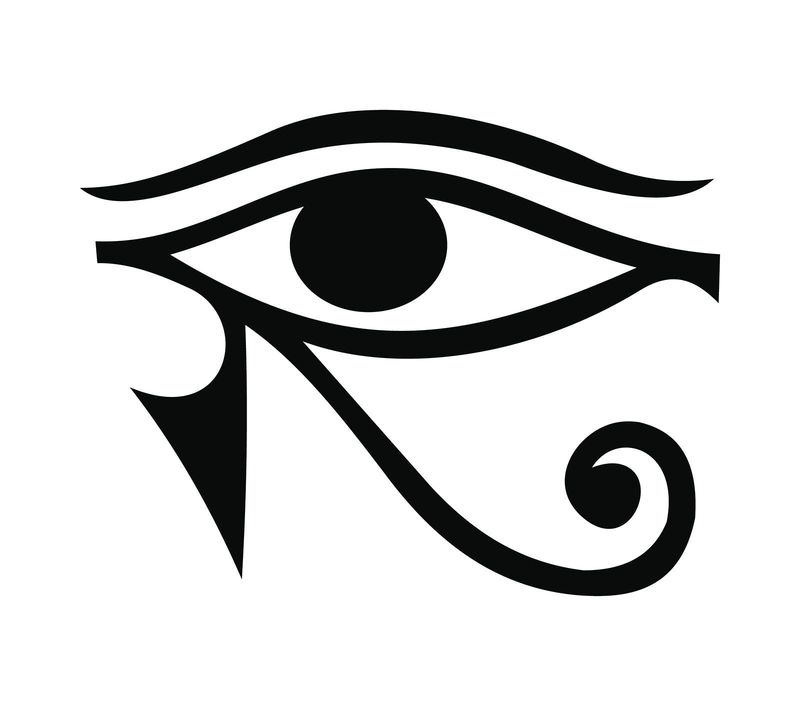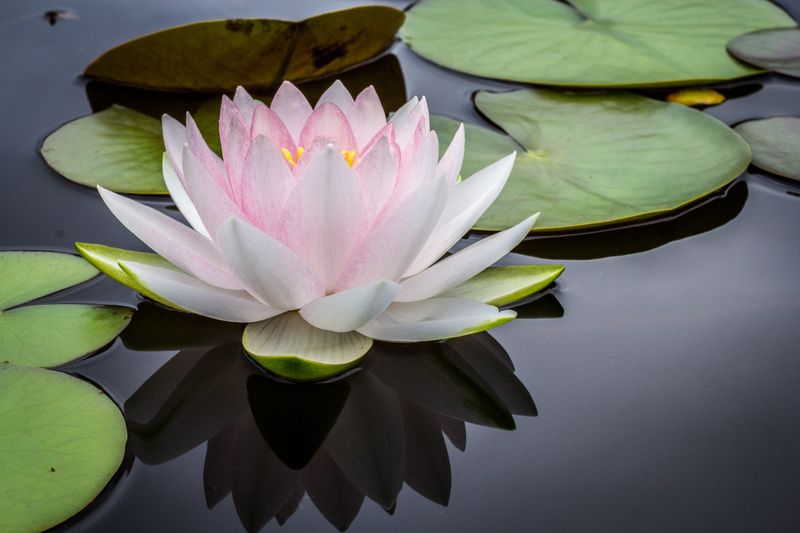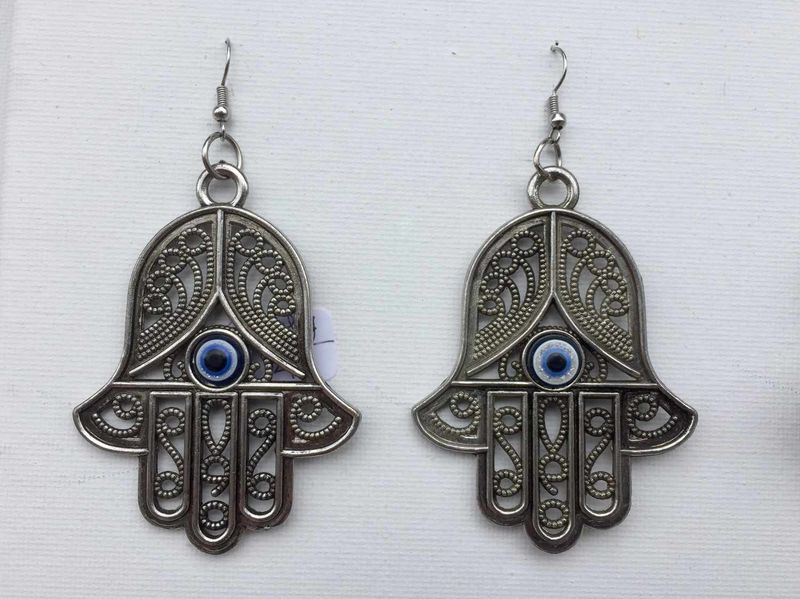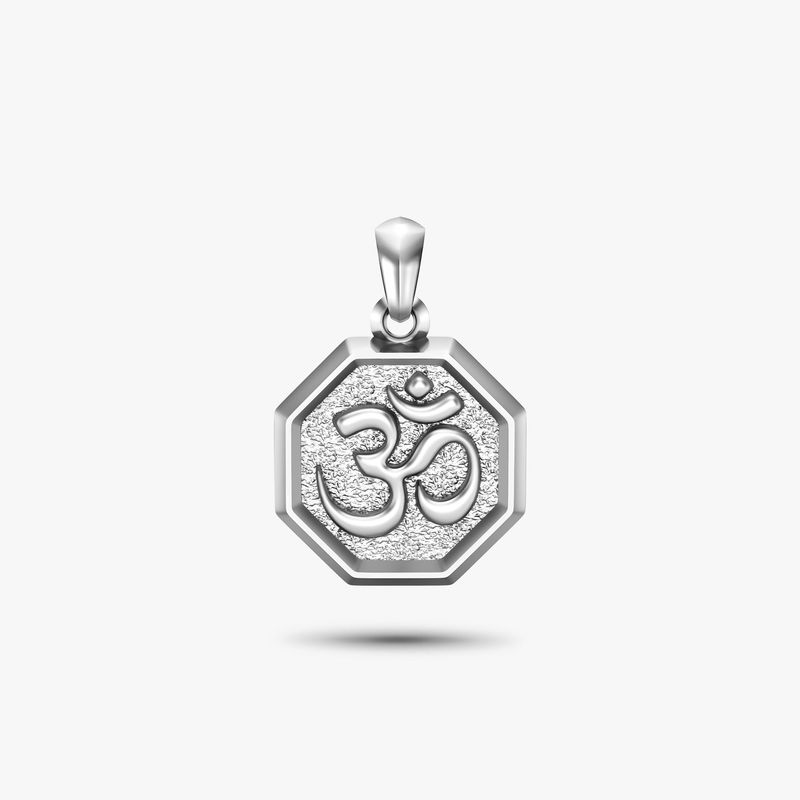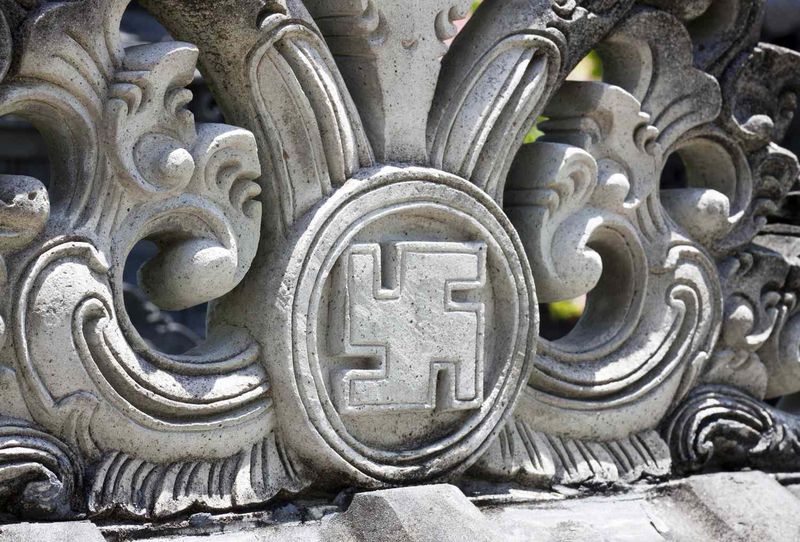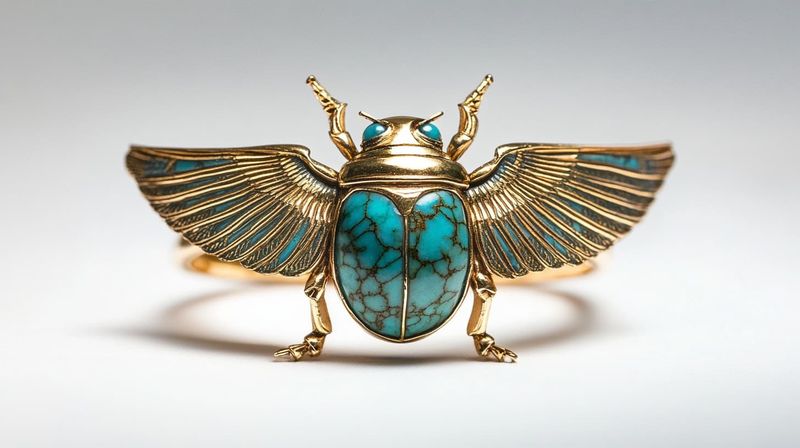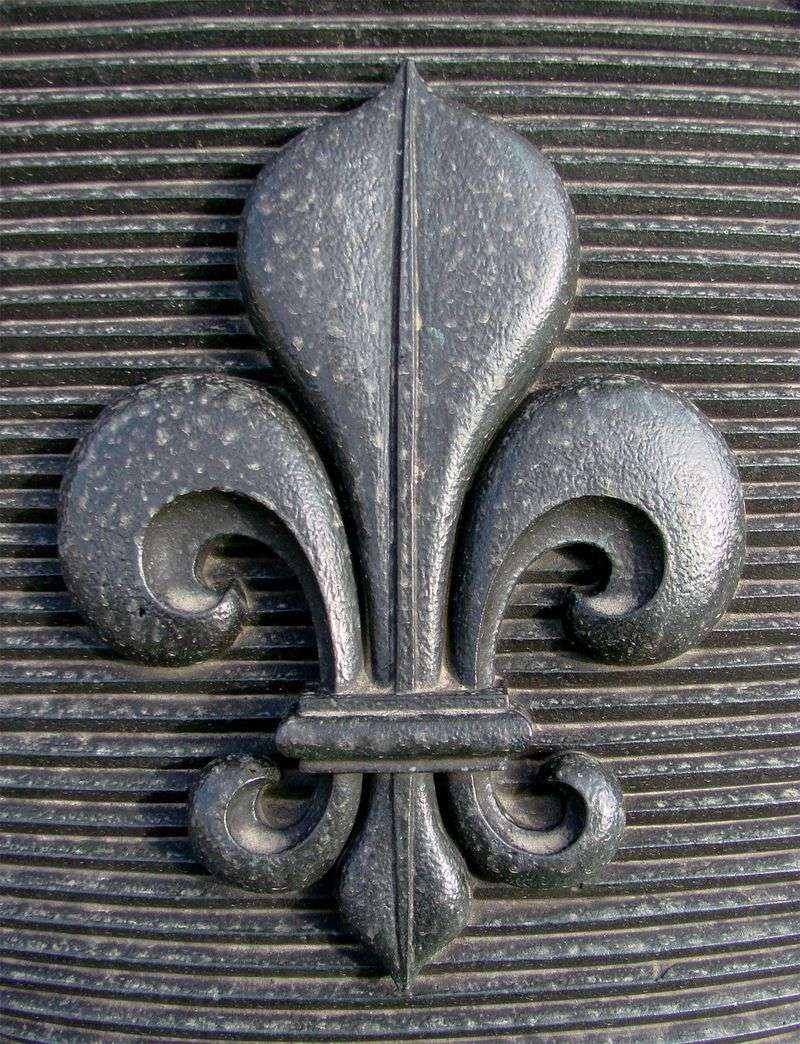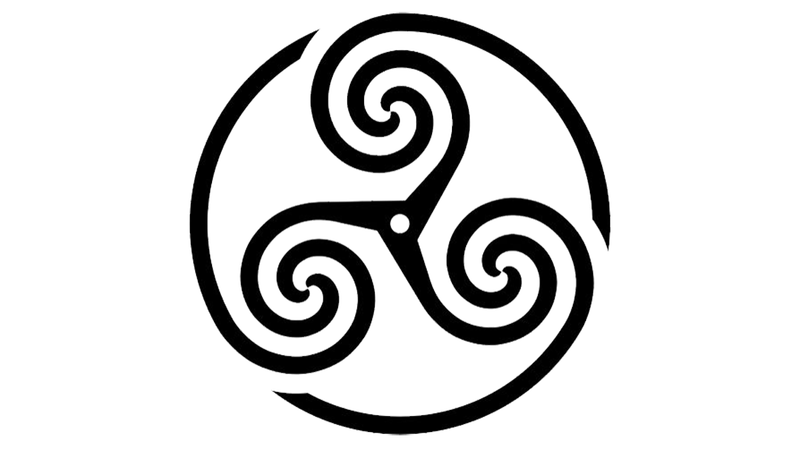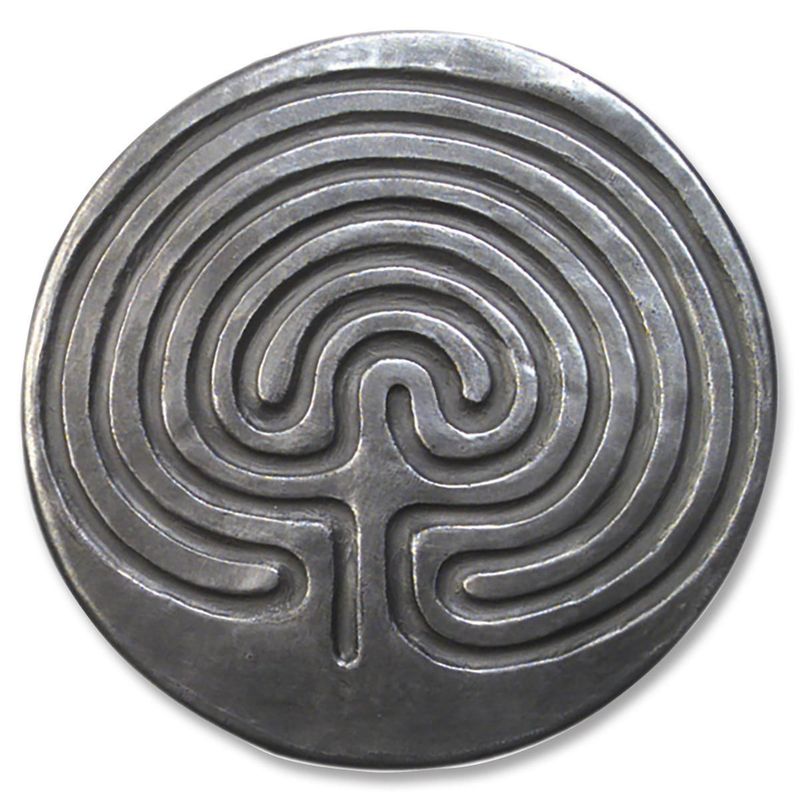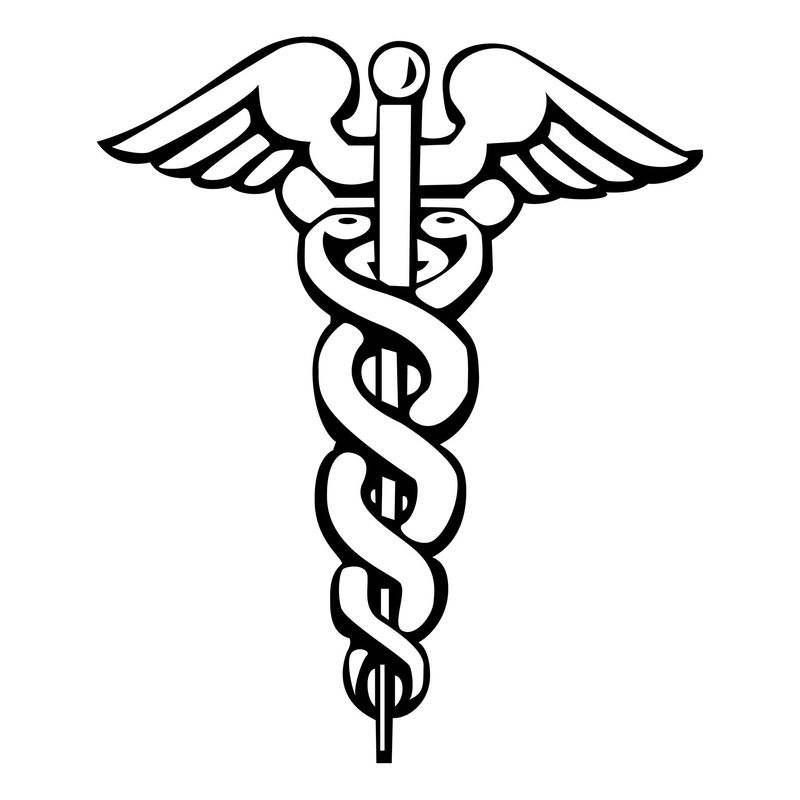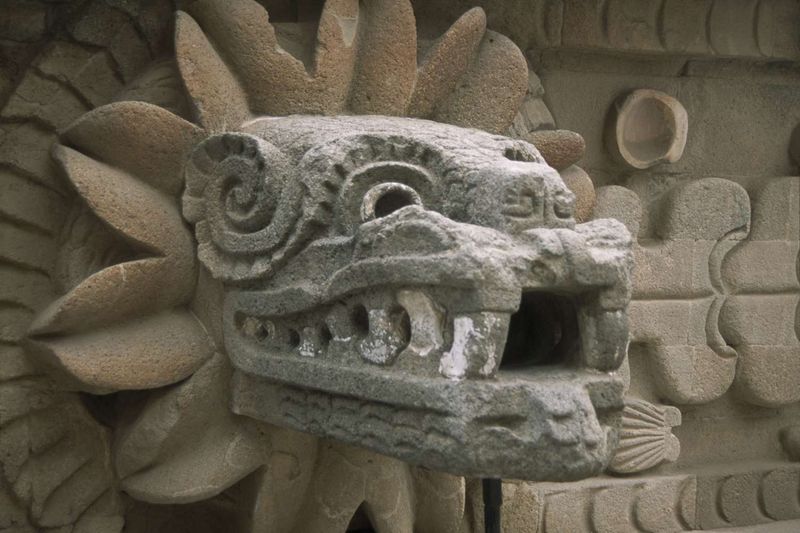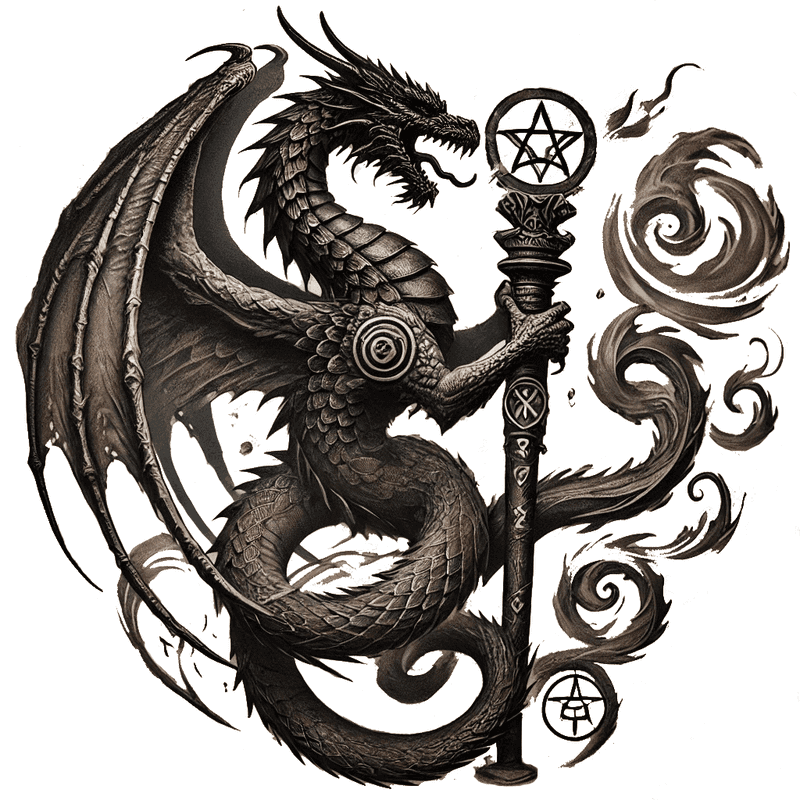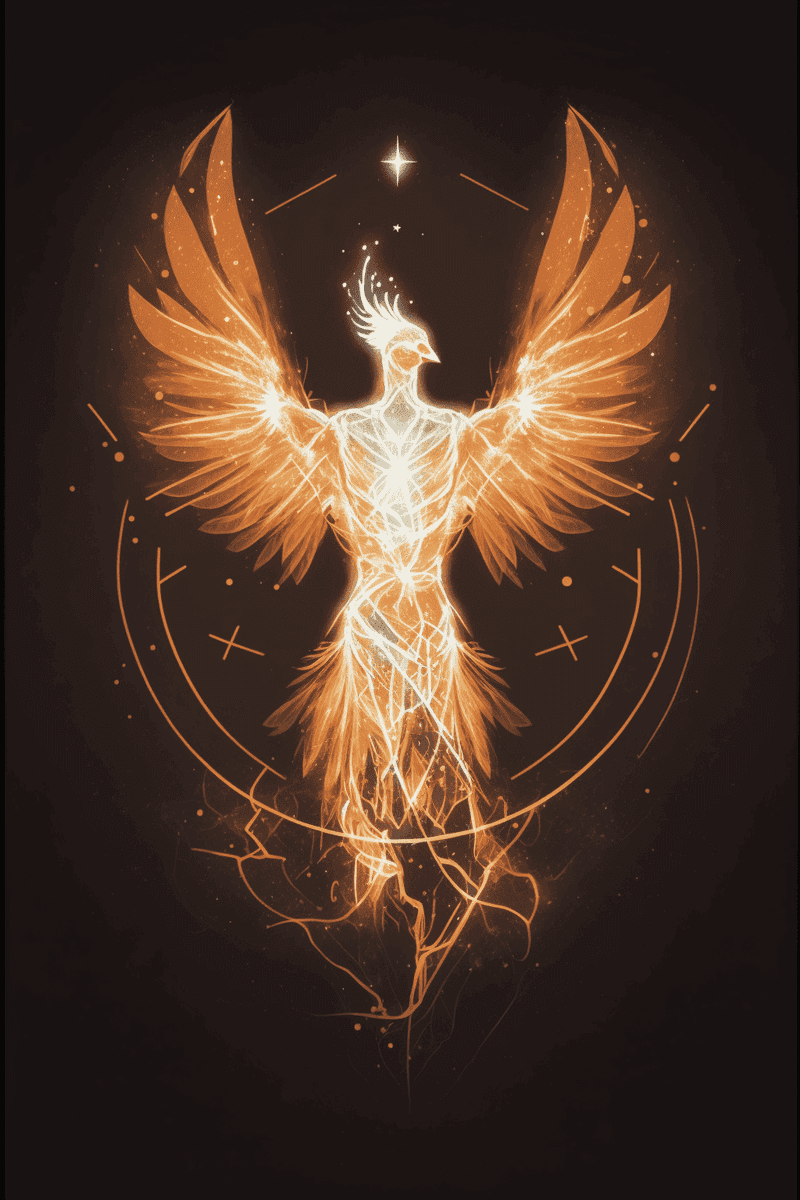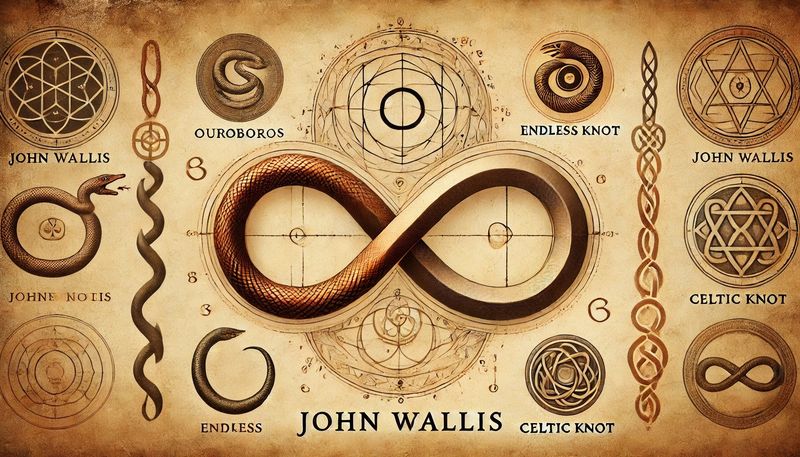Symbols have been used by civilizations for millennia, serving as shorthand for complex ideas and beliefs. Today, many of these ancient symbols appear in modern contexts, reflecting their enduring significance. This blog explores 19 such symbols, explaining their origins and meanings. By understanding these symbols, we gain insight into the cultures that created them and the timeless messages they convey.
Ankh
The ankh, often recognized as the key of life, is a symbol from ancient Egypt. It resembles a cross with a loop at the top and is associated with eternal life, rebirth, and the divine. Egyptians believed it was a powerful emblem, used by gods and royalty alike.
The ankh was often portrayed in the hands of deities, symbolizing their ability to grant life. Its presence in tombs and temples links it to the afterlife, offering protection and vitality. This symbol highlights the Egyptian’s deep spiritual beliefs and their quest for immortality.
Yin Yang
Central to Chinese philosophy, the Yin Yang symbol illustrates the balance of opposites in the universe. It is depicted as a circle divided by a swirling line into two halves, one black and one white, each containing a dot of the opposite color.
This representation signifies the duality of nature—light and dark, male and female, life and death. It emphasizes harmony and the interdependence of seemingly opposing forces. The Yin Yang encourages a balanced approach to life, acknowledging that contrasting elements are essential to achieve equilibrium.
Celtic Knot
Celtic knots are endless loops with no beginning or end, representing eternity and interconnectedness. These designs are integral to Celtic art and spirituality, often found in manuscripts, stone carvings, and jewelry.
The knots symbolize the interconnectedness of life and the continuity of the spirit beyond death. They serve as reminders of the cyclical nature of existence and the bonds that unite us. These symbols reflect the Celts’ appreciation for the complexity of life and the unseen ties that bind all living things.
Tree of Life
The Tree of Life is a universal symbol found in many cultures, representing growth, strength, and connection to the earth. It symbolizes the idea of life’s interconnectedness, with roots deep in the ground and branches reaching outwards.
Throughout history, it has been depicted in various forms, each reflecting the values of the culture it represents. It is often associated with the concept of rebirth, as trees shed leaves and grow anew. The Tree of Life serves as a reminder of the cycle of life and the interconnected web of all living things.
Eye of Horus
The Eye of Horus, from ancient Egypt, symbolizes protection, health, and restoration. Its design is based on the eye markings of the falcon-headed god Horus.
Legend tells how Horus lost his eye in battle, which was later restored, making it a symbol of healing. The Eye was commonly used as an amulet, believed to ward off evil and protect the wearer. This symbol underscores the Egyptians’ belief in the protective power of the gods and the importance of healing and renewal.
Lotus Flower
In many Asian cultures, the lotus flower is a powerful symbol of purity, enlightenment, and rebirth. Growing from the mud yet emerging pristine, it represents the journey to enlightenment.
In Buddhism, it signifies the purity of mind and spirit, unaffected by the taint of desire. Each color of the lotus holds different meanings, from spiritual awakening to love and compassion. Its beauty and resilience make it a symbol of hope and determination in overcoming life’s challenges, illustrating the potential for transformation.
Hamsa Hand
The Hamsa Hand is a protective symbol in many cultures, especially in the Middle East. Often depicted as a hand with an eye in the center, it is believed to ward off the evil eye and provide blessings.
The symbol is used in jewelry, home decor, and art, reflecting its widespread cultural significance. It represents the interplay of faith and protection, promoting peace and prosperity. The Hamsa reminds us of the universal desire for security and the protective embrace of divine guardianship.
Om
Om is a sacred sound and spiritual icon in Indian religions, often beginning and ending prayers and meditations. Represented in Sanskrit script, it symbolizes the essence of ultimate reality and consciousness.
The sound of Om encompasses the universe’s creation, preservation, and dissolution, embodying the trinity of Brahma, Vishnu, and Shiva. It promotes inner peace and spiritual awakening, facilitating a deeper connection with the divine. Om is a reminder of the profound spiritual journey and the unity of all existence.
Swastika
The Swastika is a symbol with a long, complex history, representing good fortune and auspiciousness in many cultures. Its name derives from the Sanskrit word meaning ‘conducive to well-being.’
Traditionally, it has been used as a sacred symbol in Hinduism, Buddhism, and Jainism, symbolizing prosperity and protection. Unfortunately, its positive message has been overshadowed by its association with the Nazi regime. Nonetheless, it remains a powerful emblem of good luck and positivity in its original cultural contexts.
Pentagram
The Pentagram, a five-pointed star, holds significant meaning in various spiritual traditions. Often associated with magic and the occult, it represents the five elements: earth, water, air, fire, and spirit.
In ancient Greece, it symbolized the human microcosm, with each point representing parts of the body and spirit. The Pentagram also serves as a protective emblem, warding off evil and negative energies. Its mystical qualities and historical significance make it a powerful symbol of balance and the interplay of natural elements.
Scarab Beetle
The Scarab Beetle is a symbol of transformation and protection in ancient Egypt. It represents the sun god Ra and the cycle of rebirth, as scarabs roll dung balls, symbolic of the sun’s journey across the sky.
Scarab amulets were popular as protective talismans, believed to renew the spirit and ward off evil. This ancient emblem reflects the Egyptians’ understanding of life, death, and rebirth, highlighting their belief in the eternal cycle of life. Its symbolism continues to inspire and captivate with its themes of transformation.
Fleur-de-lis
The Fleur-de-lis is a stylized lily or iris, historically associated with French royalty and heraldry. Its design signifies purity, nobility, and the divine right to rule.
The symbol has been used in various cultures, often linked to religious and political power. In Christianity, it represents the Holy Trinity, while in heraldry, it denotes chivalry and loyalty. The Fleur-de-lis remains an emblem of elegance and prestige, reflecting its historical roots in nobility and spiritual symbolism.
Triskelion
The Triskelion, or triple spiral, is an ancient Celtic symbol representing motion, progress, and the cycles of life. It consists of three interlocking spirals, each symbolizing different aspects of existence.
This symbol is often associated with the triad nature of life, such as birth, death, and rebirth, or mind, body, and spirit. The Triskelion encourages growth and personal development, emphasizing the ever-changing nature of life. Its dynamic form and spiritual significance continue to inspire those seeking transformation.
Labyrinth
Labyrinths are ancient symbols representing a journey or path to the center. Unlike mazes, labyrinths have a single, winding path that leads to the center and back out again.
This symbol is often used in meditation and spiritual practices, symbolizing the journey to self-discovery and enlightenment. Walking a labyrinth is a metaphor for life’s journey, with its twists and turns reflecting the complexities of personal growth. The labyrinth is a timeless emblem of introspection and transformation.
Caduceus
The Caduceus, featuring two serpents entwined around a staff, is often mistakenly used as a symbol of medicine. Historically, it is associated with Hermes, the Greek god of trade and thievery.
The symbol represents negotiation, balance, and the exchange of ideas, reflecting Hermes’ role as a messenger between gods and humans. Despite its widespread association with healthcare, its true meaning lies in communication and commerce. The Caduceus invites reflection on the importance of balance and diplomacy in human interactions.
Feathered Serpent
The Feathered Serpent is a prominent deity in Mesoamerican cultures, notably revered by the Aztecs and Mayans. Known as Quetzalcoatl, this god symbolizes wisdom, wind, and creation.
The fusion of bird and serpent attributes reflects the harmony between the earthly and the divine. Quetzalcoatl is often depicted as a creator and a bringer of knowledge, emphasizing the cultural values of learning and spiritual growth. The Feathered Serpent remains a powerful emblem of duality and creative force in Mesoamerican mythology.
Dragon
Dragons are mythical creatures symbolizing power, strength, and wisdom in various cultures. In Western traditions, dragons are often depicted as fearsome, fire-breathing beasts.
In Eastern cultures, they are benevolent, representing good fortune and protection. The dragon’s dual nature highlights the balance between fear and respect. These symbols embody humanity’s fascination with the unknown and the mystical, offering lessons in courage and wisdom. Dragons continue to captivate our imagination, symbolizing the awe of nature and the mysteries it holds.
Phoenix
The Phoenix is a mythical bird that symbolizes renewal and resurrection. According to legend, it lives for centuries before bursting into flames and being reborn from its ashes.
This cycle of life, death, and rebirth makes the Phoenix a powerful emblem of transformation and hope. It embodies the idea of overcoming challenges and emerging stronger, inspiring those who seek renewal in their lives. The Phoenix remains a timeless symbol of resilience and the enduring human spirit.
Infinity Symbol
The Infinity symbol, resembling a sideways figure eight, represents endlessness and eternity. Its continuous loop signifies limitless possibilities and the boundless nature of the universe.
Often used in mathematics to denote infinity, it also holds spiritual and philosophical meanings. It encourages the contemplation of infinite potential and the interconnectedness of all things. The Infinity symbol inspires a sense of wonder and the pursuit of knowledge, inviting reflection on the infinite nature of existence.
